Kabul Museum 1969Copyright (c) Dr. Volker Thewalt1969 / 22.02.2001 [akt. 23.10.2010] Index |
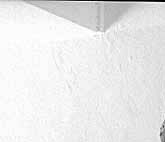 |
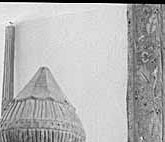 |
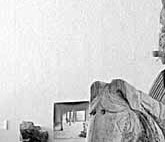 |
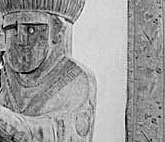 |
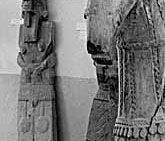 |
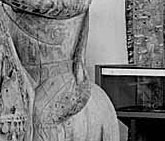 |
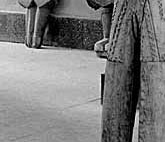 |
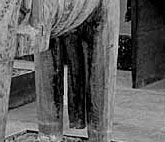 |
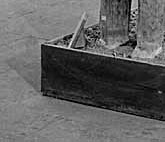 |
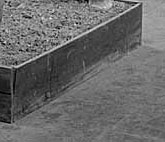 |
Photo : Thewalt 1969 (p9_69_04) [ Vgl. Francine Tissot 2006, Catalogue of the National Museum of Afghanistan 1931-1985, UNESCO publishing 2006, Paris, p. 511: Mod.p. Kf.1418.13(1417.12). No. KK23(KK21). Wood; Edelberg, figs. 35, 36, 37&38; D.D.B. 103.63&63b (Edelberg, fig. 34) Horseman wearing a conical head-dress and carrying a dagger, a handgun with cartridge-belt and a shield on his back. (Woman standing). Kafiristan The Kafirs ('Unbelievers') was the name given by the Muslim leaders of Afghanistan in the eighteenth and nineteenth centuries (and later) to the population living in the remote valleys of the Allingar and Kunar rivers, on the southern slopes of the Hindu Kush. Apart from a handful of studies by the few researchers who were interested in the Kafirs in the nineteenth century, we know very little about these peoples — the Kati, the Prasun, the Ashkun, the Siah-Posh and the Kalash. Amir Abdul Rahman subdued the land of the Kafirs in 1895-96, killed large numbers of the people and deported most of the rest to other locations. Some took refuge in Chitral (now in Pakistan), where they were called the 'Red Kafirs'. Althogh they had their own ancient religion, they subsequently converted to Islam. Nevertheless they have retained their own creeds and customs into modern times. Their idols, carved on tree trunks from the nearby forests, were placed on the wooden coffins of their chiefs, women and men. These extraordinary representations of humanity soon drew the attention of Western dealers. Amir Abdul Rahman brought a large collection to his own palace. This collection was later taken to the Kabul Museum.
|